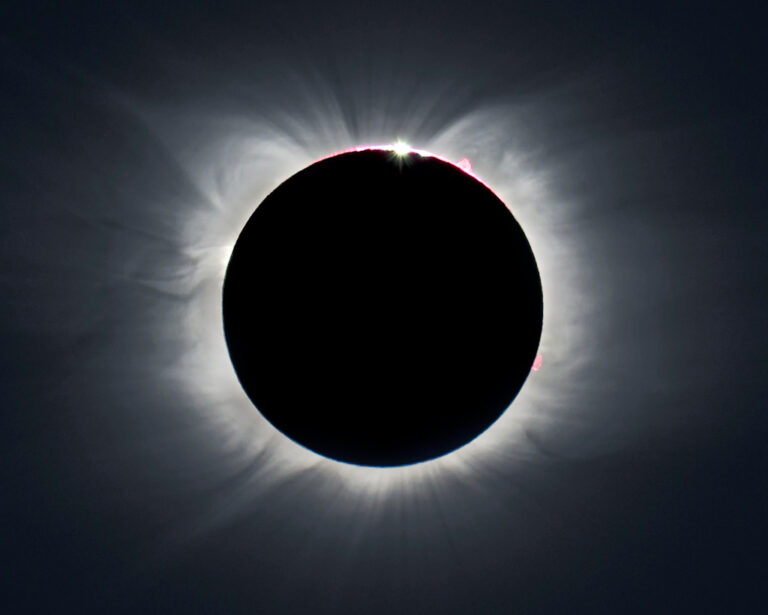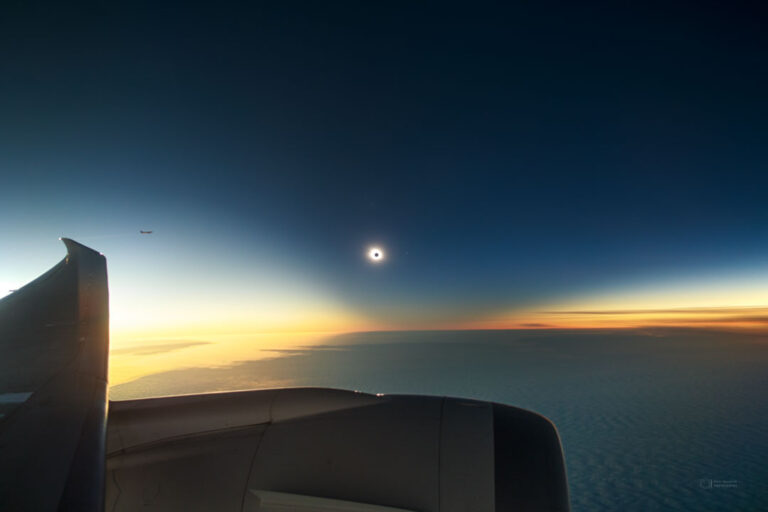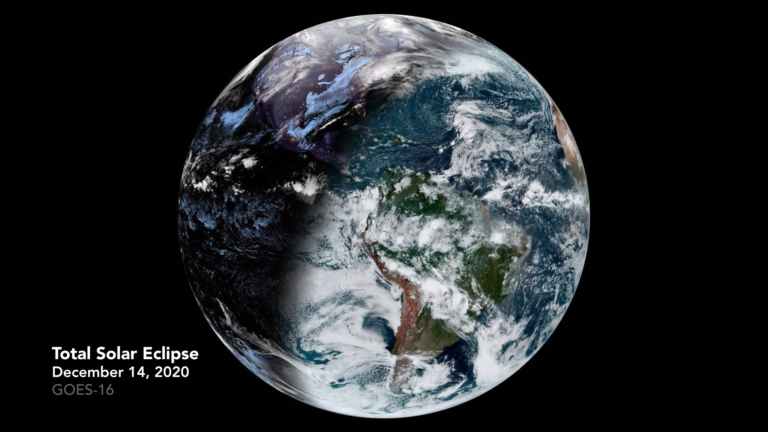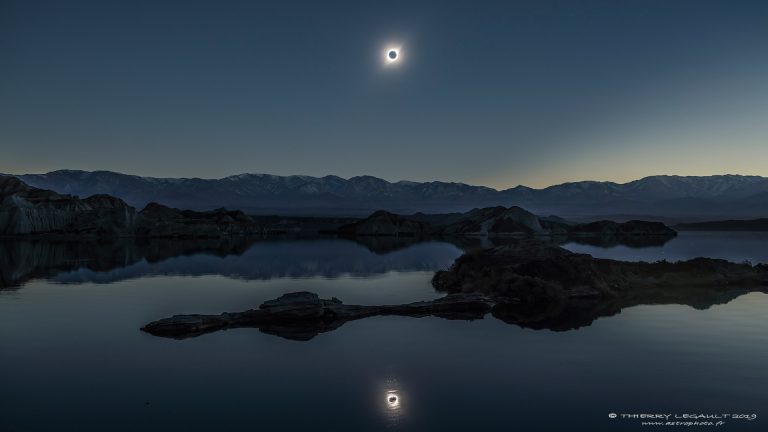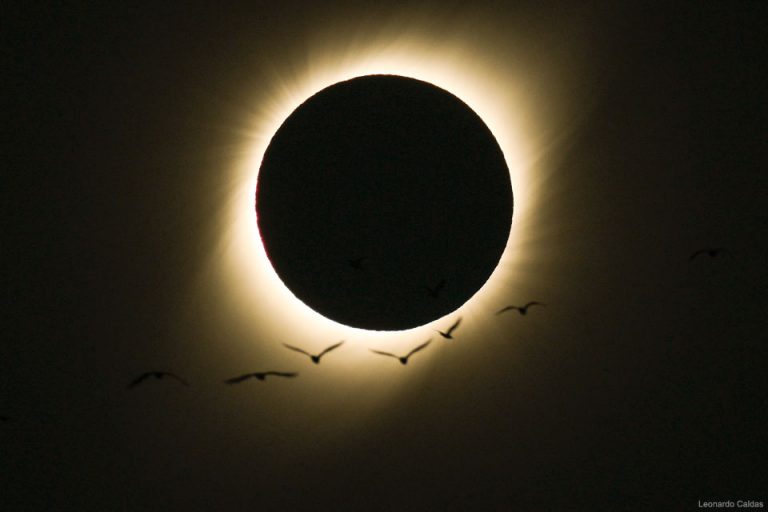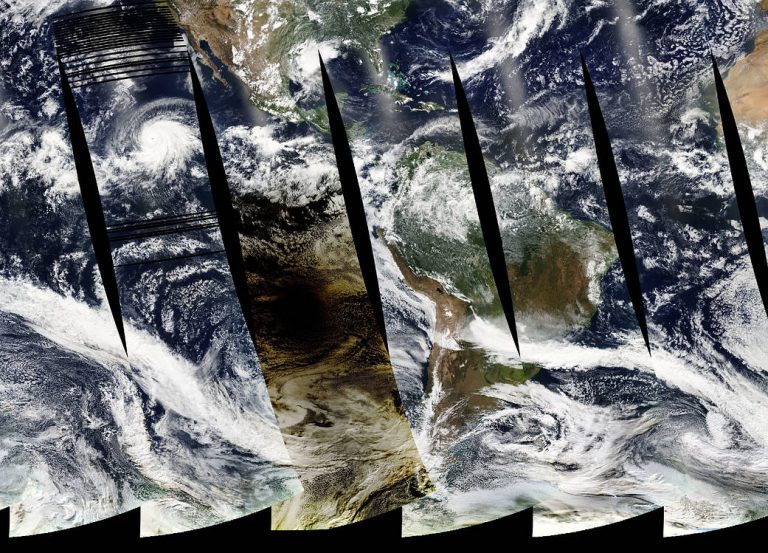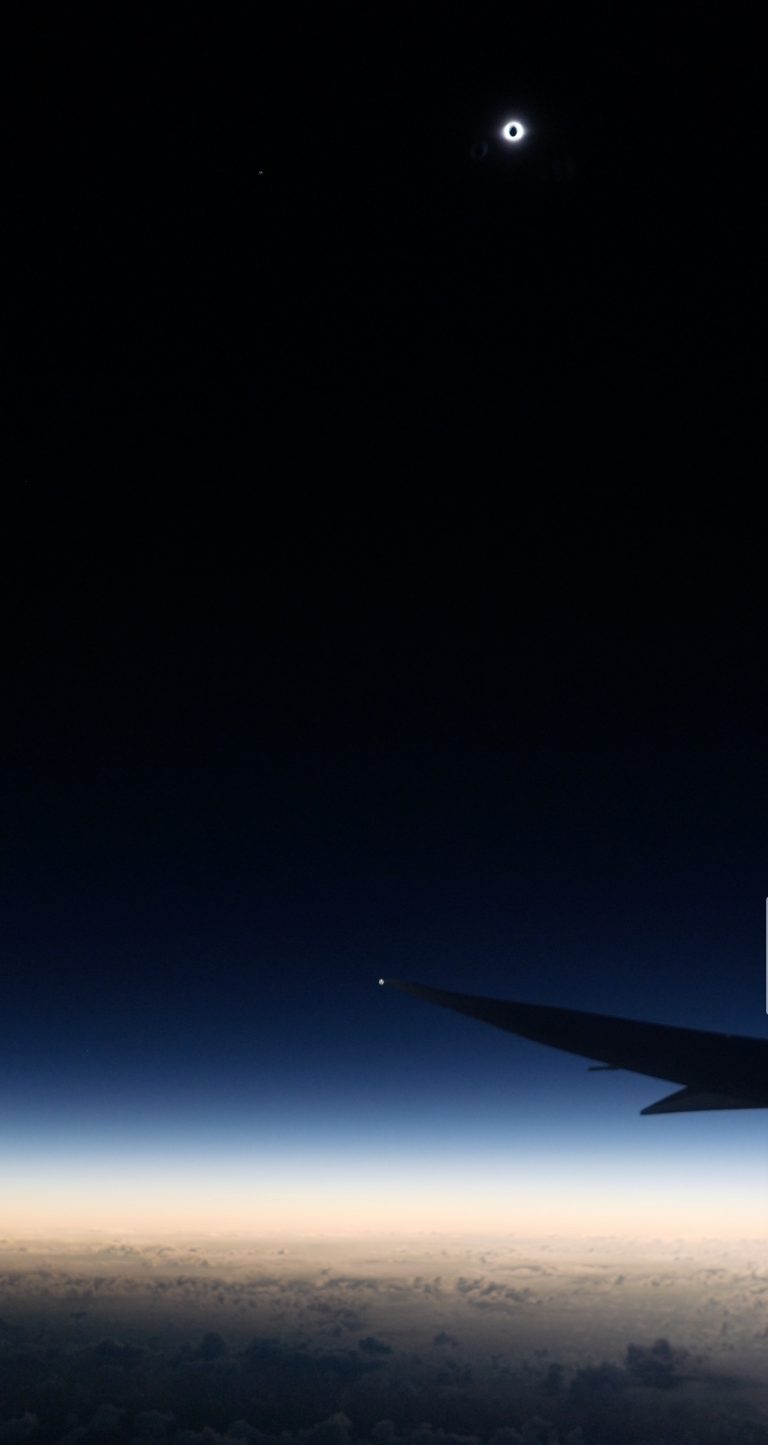日全食
2021年12月09日 A Total Eclipse of the Sun Image Credit & Copyright: Theo Boris, Christian A. Lockwood, David Zimmerman (JM Pasachoff Antarctic Expedition) Compositing: Zev Hoover and Ronald Dantowitz (MARS Scientific) Explanation: Few were able to stand in the Moon’s shadow and watch the December 4 total eclipse of the Sun. Determined by celestial mechanics and not geographical boundaries, the narrow path of totality tracked across planet Earth’s relatively inaccessible southernmost continent. Still, some enthusiastic and well-insulated eclipse chasers were rewarded with the dazzling spectacle in Antarctica’s cold but clear skies. Taken just before the brief totality began, this image from a ground-based telescope inside the edge of the shadow path at Union Glacier catches a glimmer of sunlight near the top of the silhouetted lunar…

